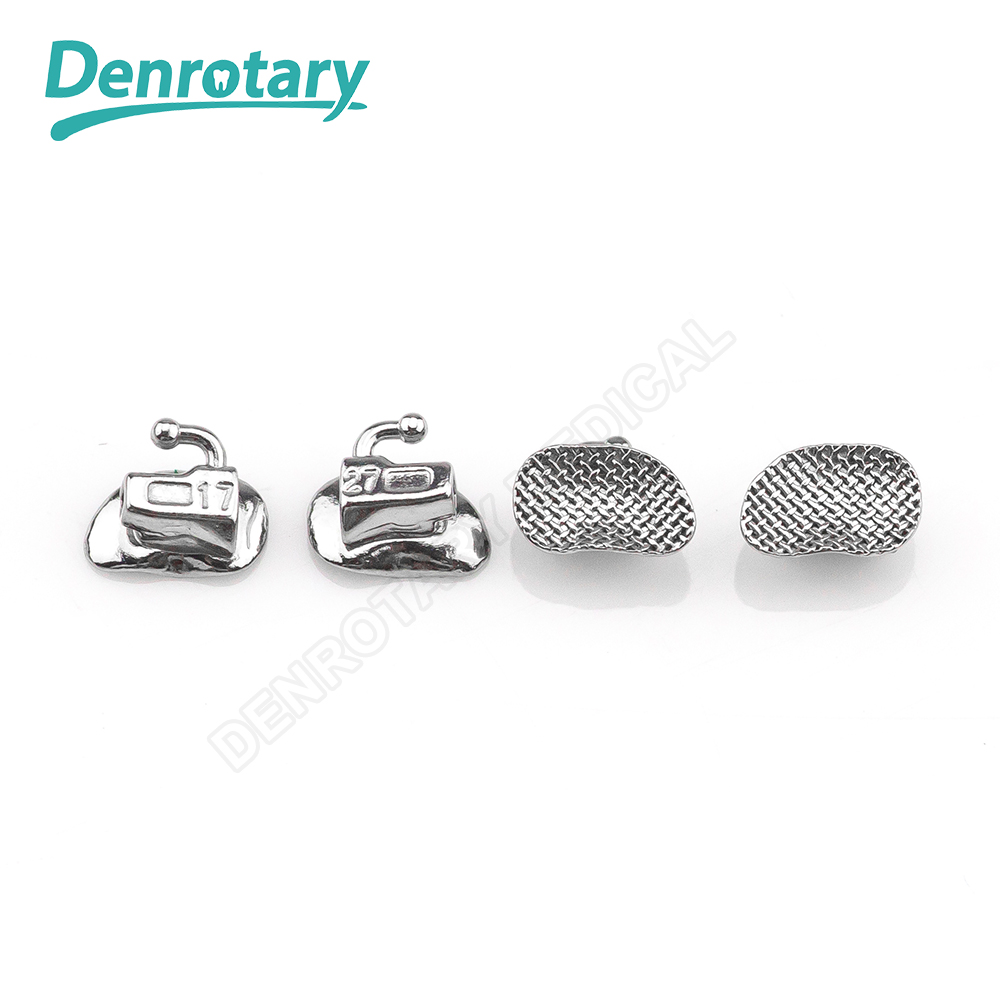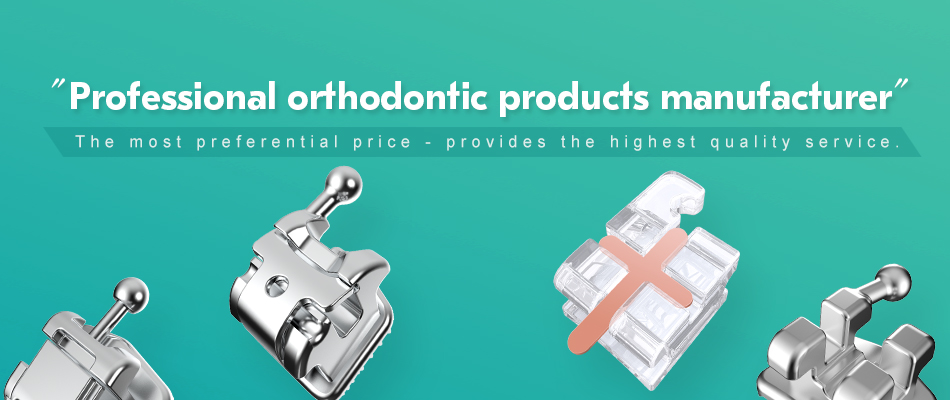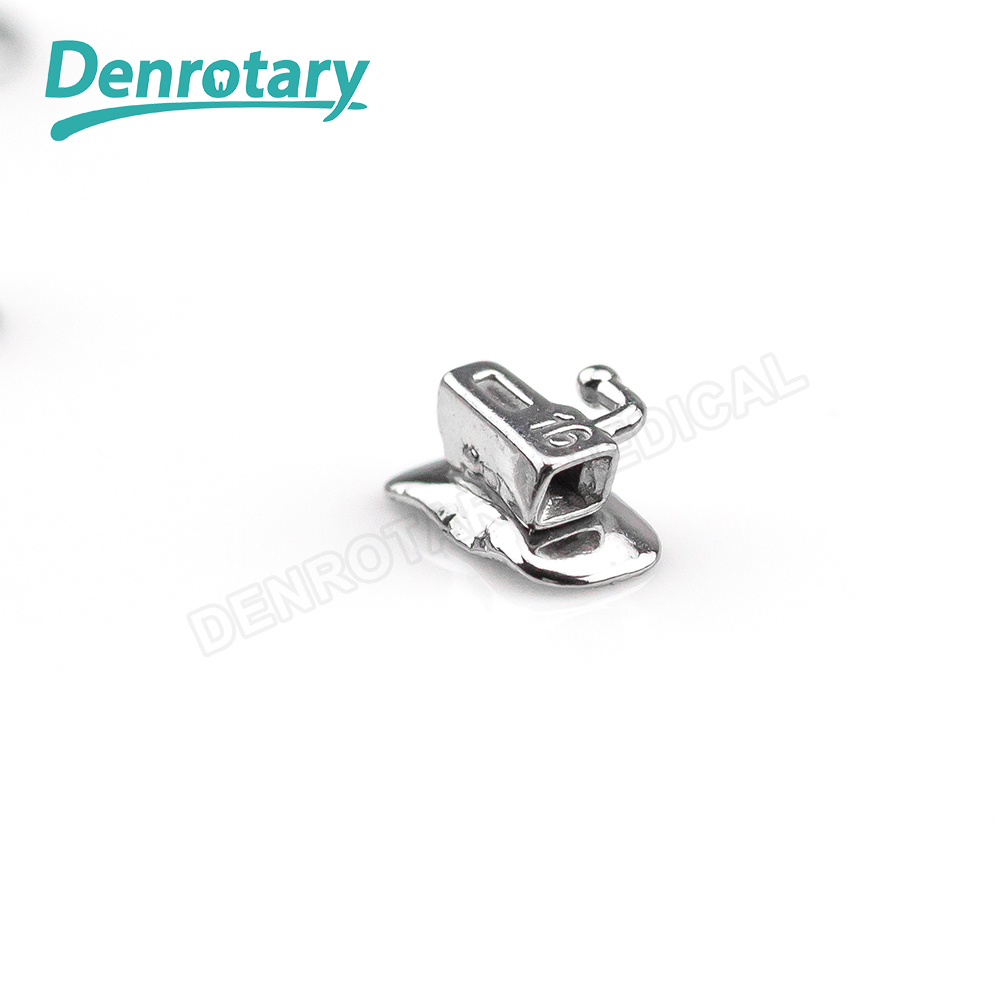Buccal tube debonding poses a significant challenge in orthodontics. This issue affects treatment outcomes and patient satisfaction. You need reliable solutions to improve the performance of orthodontic buccal tubes. Manufacturers can implement five key enhancements to tackle this problem effectively.
Key Takeaways
- Choose the right adhesive for buccal tubes. Options like resin-based adhesives and glass ionomer cements offer strong bonding and durability.
- Focus on proper application techniques. Clean surfaces and apply adhesives in a dry environment to enhance bonding strength.
- Design buccal tubes with precise geometry. A good fit minimizes movement and reduces the risk of debonding.

Enhanced Adhesive Technologies
Types of Adhesives
When it comes to orthodontic buccal tubes, selecting the right adhesive is crucial. You have several options to consider:
- Resin-Based Adhesives: These adhesives offer strong bonding capabilities. They provide excellent durability and resistance to debonding.
- Glass Ionomer Cements: These materials bond chemically to the tooth structure. They release fluoride, which can help prevent decay around the buccal tubes.
- Self-Etching Adhesives: These adhesives simplify the bonding process. They eliminate the need for separate etching and rinsing steps.
Each type has its advantages. You should evaluate your specific needs and choose accordingly.
Application Techniques
Proper application techniques can significantly enhance the effectiveness of adhesives. Here are some tips to improve your bonding process:
- Surface Preparation: Clean the tooth surface thoroughly. Remove any debris or saliva to ensure a strong bond.
- Controlled Environment: Apply adhesives in a dry environment. Moisture can weaken the bond and lead to debonding.
- Even Application: Use a consistent amount of adhesive. An even layer helps distribute stress and prevents weak points.
By focusing on these techniques, you can improve the reliability of orthodontic buccal tubes and reduce the risk of debonding.
Improved Buccal Tube Design
Geometry and Fit
The design of orthodontic buccal tubes plays a vital role in their effectiveness. You must focus on geometry and fit to ensure optimal performance. A well-designed buccal tube should conform closely to the tooth’s anatomy. This fit minimizes movement and reduces the risk of debonding.
Consider these design elements:
- Contoured Shapes: Use contoured shapes that match the tooth surface. This design helps distribute forces evenly.
- Precise Dimensions: Ensure that the dimensions of the buccal tube align with standard tooth sizes. This precision enhances stability.
Material Selection
Choosing the right materials for orthodontic buccal tubes is equally important. The materials you select can impact durability and performance. Here are some options to consider:
- Stainless Steel: This material offers strength and resistance to corrosion. It is a popular choice for its reliability.
- Titanium Alloys: These alloys provide excellent strength-to-weight ratios. They are lightweight and can improve patient comfort.
- Polymer Composites: These materials can offer flexibility and reduced weight. They may also enhance aesthetics.
By focusing on geometry, fit, and material selection, you can significantly improve the performance of orthodontic buccal tubes. These enhancements lead to better treatment outcomes and increased patient satisfaction.
Advanced Surface Treatments
Coating Options
You can enhance the performance of orthodontic buccal tubes through advanced surface treatments. One effective method is applying specialized coatings. These coatings can improve adhesion and reduce the risk of debonding. Here are some popular coating options:
- Ceramic Coatings: These coatings provide a hard, smooth surface. They resist wear and corrosion, which can prolong the life of the buccal tubes.
- Polymer Coatings: These coatings offer flexibility and can improve the bond strength. They also help in reducing friction between the tube and the archwire.
- Hydrophobic Coatings: These coatings repel moisture. They help maintain a dry surface during the bonding process, which is crucial for effective adhesion.
By selecting the right coating, you can significantly enhance the reliability of orthodontic buccal tubes.
Surface Roughness
Surface roughness plays a critical role in the bonding process. A rougher surface can increase the surface area for adhesion, leading to a stronger bond. However, you must find the right balance. Excessive roughness can create stress points that may lead to debonding. Here are some considerations:
- Optimal Roughness Levels: Aim for a surface roughness that promotes adhesion without compromising structural integrity.
- Testing Surface Profiles: Use tools to measure surface roughness. This data can help you adjust manufacturing processes for better outcomes.
By focusing on coating options and surface roughness, you can improve the performance of orthodontic buccal tubes. These enhancements lead to better treatment results and increased patient satisfaction.
Integration of Smart Materials
Responsive Materials
Integrating smart materials into orthodontic buccal tubes can revolutionize their performance. These materials respond to environmental changes, enhancing their functionality. Here are some key benefits of using responsive materials:
- Temperature Sensitivity: Some materials change properties based on temperature. This feature can improve the bond strength as the temperature fluctuates in the oral environment.
- Stress Response: Certain materials can adapt to stress. They can redistribute forces during chewing, reducing the risk of debonding.
By utilizing responsive materials, you can create buccal tubes that perform better under various conditions.
Durability and Performance
Durability is crucial for orthodontic devices. Smart materials often exhibit enhanced durability compared to traditional options. Here’s how they contribute to better performance:
- Longer Lifespan: Smart materials resist wear and tear. This resistance leads to fewer replacements and lower costs over time.
- Consistent Performance: These materials maintain their properties under stress. You can trust that they will perform reliably throughout the treatment period.
Incorporating smart materials into buccal tube design not only improves durability but also enhances overall performance. By embracing these innovations, you can significantly reduce the incidence of debonding and improve patient satisfaction.
Rigorous Testing Protocols
Standardized Testing Methods
To ensure the reliability of orthodontic buccal tubes, you must implement standardized testing methods. These methods provide a consistent framework for evaluating performance. Here are some key testing approaches:
- Shear Bond Strength Tests: Measure the force required to debond the buccal tube from the tooth. This test helps you assess the effectiveness of different adhesives.
- Fatigue Testing: Simulate the stresses that buccal tubes experience during normal use. This testing identifies potential failure points over time.
- Environmental Testing: Evaluate how buccal tubes perform under various conditions, such as temperature and humidity. This testing mimics the oral environment.
By adopting these standardized methods, you can gain valuable insights into the performance of your products.
Feedback Loops for Improvement
Creating feedback loops is essential for continuous improvement. You should gather data from testing and real-world usage to refine your designs. Here’s how to establish effective feedback loops:
- Collect Data: Monitor the performance of buccal tubes in clinical settings. Gather information on debonding incidents and patient experiences.
- Analyze Results: Review the data to identify trends and areas for improvement. Look for patterns that indicate common failure points.
- Implement Changes: Use the insights gained to make design modifications. Adjust adhesive formulations or improve tube geometry based on feedback.
By integrating feedback loops into your development process, you can enhance the reliability of buccal tubes. This approach leads to better patient outcomes and increased satisfaction.
Addressing buccal tube debonding is crucial for successful orthodontic treatments. You can enhance product reliability through the engineering solutions discussed. These improvements lead to better patient outcomes and increased satisfaction. Manufacturers should adopt these strategies to ensure that orthodontic devices perform effectively and consistently.
Post time: Sep-23-2025




